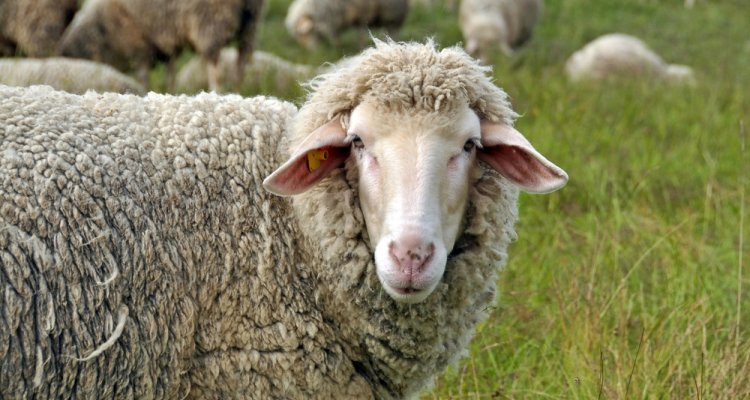
Project
Wool for crop resilience
In Europe, about 87 million sheep are kept and they generate lots of wool that, although being a valuable stream, cannot be all used as new textile (it is too expensive for farmers). Hence wool has to be burned to get rid of it, which costs money to the farmers and increases CO2 emissions. On the other hand, growing media for crops in greenhouses mainly depend on stone wool and peat. Stone wool is difficult to re-use and its production is costly and energy demanding. Furthermore peatlands are now natural protected areas which store CO2 from the atmosphere. Interestingly, keratin-rich soil amendments are able to reduce disease spread in crop plants and they harbour a very specific microbiome. A previous work showed the positive effect on yield in wool-grown cucumber plants, compared to other substrates. Wool is a keratin-rich product, free of chemicals and easy to get, what could make wool a good alternative growing medium supplement to cultivate crops in the greenhouse.
With this project we aim to answer (1) which wool treatment is needed for its application for a good plant performance?, (2) does wool allow plants to grow and be protected against a soil borne pathogen?, (3) what microorganisms are dominating in the wool-based media?, and (4) bring together partners to further develop the use of wool in horticulture.